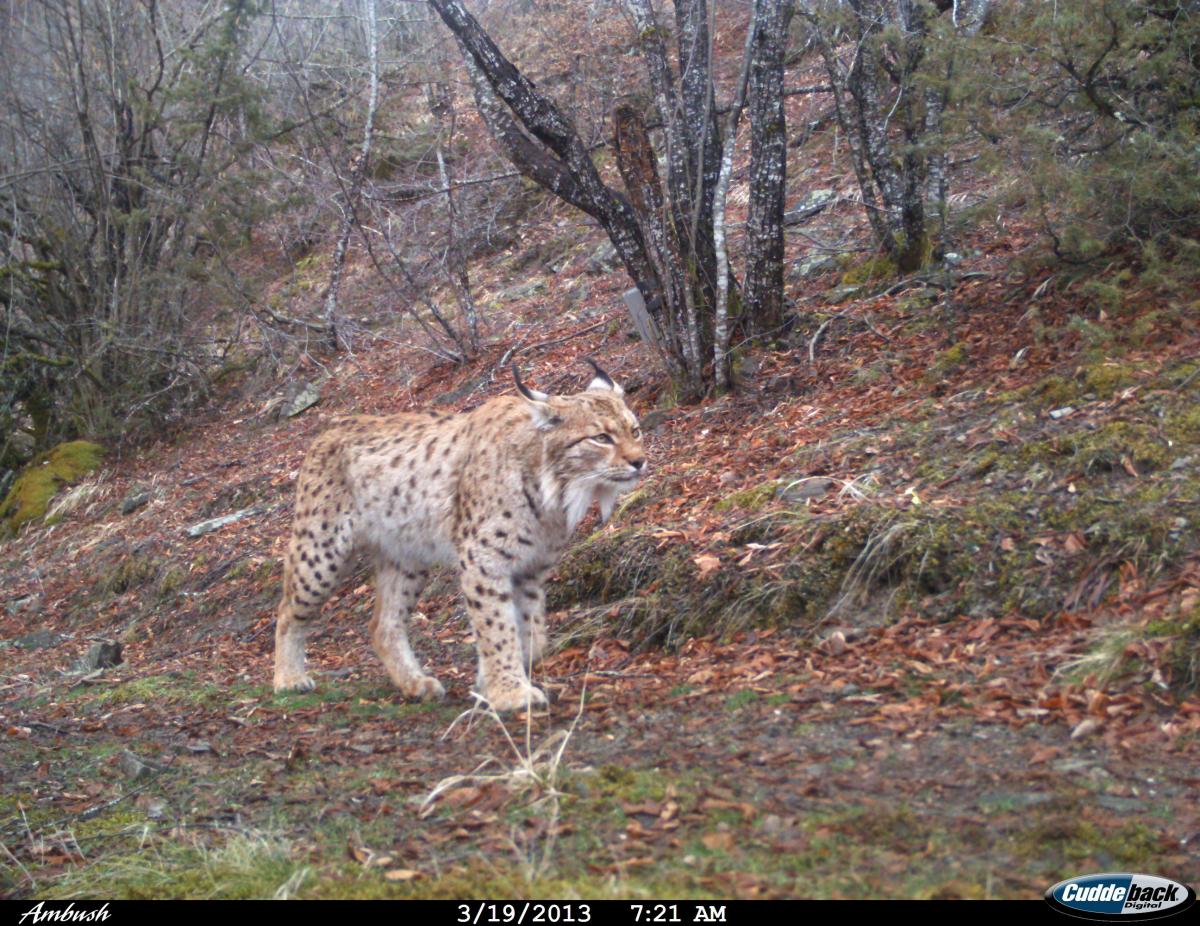Strengthening Persian leopard conservation in Armenia
Since its first camera-trap sighting in 2013, the Persian leopard (Panthera pardus tulliana), Endangered on the IUCN Red List, has become a conservation symbol in Armenia’s Caucasus Wildlife Refuge (CWR). Managed by the Foundation for the Preservation of Wildlife and Cultural Assets (FPWC), the refuge was established in 2010 to protect fragile ecosystems and restore key migratory corridors for large carnivores. FPWC’s community-based conservation model has helped secure vital habitats for at least seven individual leopards, enabling movement between protected areas in Armenia and neighboring countries, critical for genetic diversity and species resilience. One resident male, known as Neo, regularly traverses CWR and the Khosrov Forest State Reserve, affirming the area’s importance. FPWC continues to expand habitat protection, restore corridors, and advocate for policy recognition of privately protected areas like CWR.
Annual school competitions in Georgia
The Niko Ketskhoveli Prize, established in 2016 with funding from the Austrian Development Cooperation, is an annual environmental school competition in Georgia. Through this initiative led by the Caucasus Environmental NGO Network (CENN), eco clubs earn points by undertaking activities that protect and enhance local ecosystems. The program educates students about biodiversity's critical importance while encouraging hands-on projects that benefit both nature and communities. Each year, the competition adopts a different theme aligned with the SDGs. The 2025 focus is Biodiversity and Protected Areas, inspiring schools to engage in peer education, species conservation, clean-up campaigns, tree planting, and community advocacy efforts to support local biodiversity.
Protecting puffins in the Russian Arctic
To promote responsible wildlife tourism and safeguard one of the Arctic’s most charismatic seabirds, new guidelines for observing the Atlantic Puffin (Fratercula arctica), Vulnerable globally per the IUCN Red List, have been developed and distributed to over 70 travel agencies operating in Russia’s Arctic regions. The initiative, led by the "Protected Areas Embassy" charity fund, the Kandalaksha Nature Reserve, and the Zapovedniks Ecocentre, aims to minimise human disturbance in sensitive puffin habitats such as the Ainovy Islands. In addition to the tourism guidelines, camera traps have been installed to monitor puffin behaviour, alongside ongoing scientific research. These efforts help protect one of the region’s key puffin colonies, ensuring these iconic birds remain part of Arctic biodiversity for generations to come.













